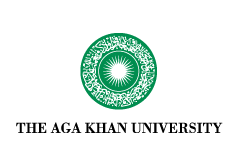Document Type
Article
Department
Institute for Educational Development, Karachi
Abstract
Public and private school systems are the two largest providers of formal school education in Pakistan, differing significantly in their governance, resources, and practices. While previous studies showed differences in Student Learning Outcomes (SLOs), often favouring private schools, these comparisons remained largely descriptive. This paper compares elementary grade students’ performance in mathematics and science between public and private schools in Pakistan, accounting for factors such as grade level and geographical region. A cross-sectional survey was conducted with 15,391 students from grades 5, 6, and 8, selected through a multistage sampling technique from a total of 153 public and private schools across 06 regions of Pakistan. Valid and reliable Science Achievement Tests (SATs) and Mathematics Achievement Tests ( MATs) were directly administered to students. The results revealed that students in private schools demonstrated comparatively better understanding of both scientific and mathematical concepts than their counterparts in public schools. Of particular importance, regardless of the subject, the type of school system also predicted SLOs even after controlling for grade level and region. These findings contribute to the debate on comparative school performance in the context of developing countries, specifically in Pakistan. The study calls for targeted interventions to improve science and mathematics achievement in public schools and provides recommendations for policy, practice, and future research.
Publication (Name of Journal)
UMT Education Review
DOI
https://doi.org/10.32350/uer.72.02
Recommended Citation
Bhutta, S. M., Ahmad, S., & Ansari, A. N. (2024). School System and Student Performance: Examining Science and Mathematics Achievement in Pakistan. UMT Education Review, 7(2), 22-49. https://doi.org/10.32350/uer.72.02
Included in
Educational Leadership Commons, Educational Methods Commons, Educational Technology Commons, Elementary Education Commons, Science and Mathematics Education Commons
